The tower, in a wide variety of forms ranging from cylindrical to polygonal, from which the muezzin proclaims the call to prayer five times a day is called minaret; having a base, a shaft, a neck and a spire, the structure is recognized as one of the emblems of Islam.
Iran (IMNA) - Islamic architecture has long been recognized as one of the most substantial and influential typologies that converts the religion's core principles and beliefs into structures and geometrical designs. The most striking characteristics of architecture in the Islamic world are the mosques' minarets.
Notwithstanding the fact that minarets were not an accepted features of the primordial mosques, these tower-like structures bedecked the horizon of Muslim cities and became epitome of religious places. The construction of minarets was heavily impacted by the regions' society and culture which shaped their style and design.
Despite the recent spread of superstructures, lofty minarets still give a distinctively "Islamic" appearance to the skylines of cities. Although the Azan, the Muslim call to ritual prayer, has been replaced by the pre-recorded one, minarets still remain fundamental elements in mosque architecture and design.
Iran's Isfahan is home to jaw-dropping mosques and minarets; Let'e enjoy watching minarets through IMNA's camera.
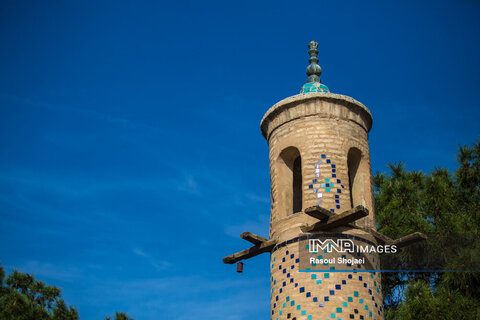
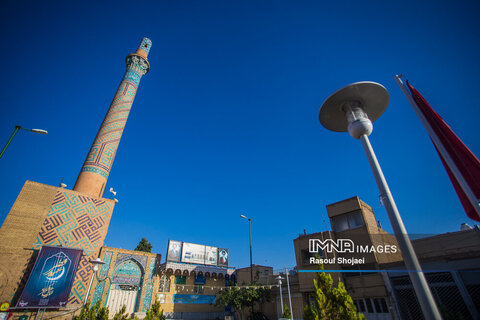

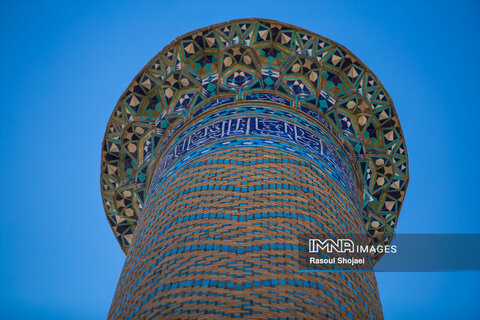

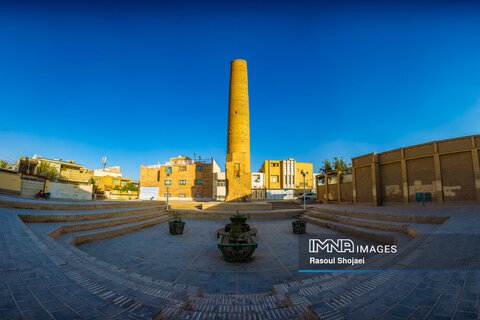
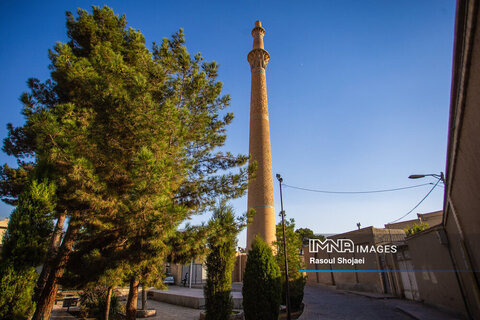
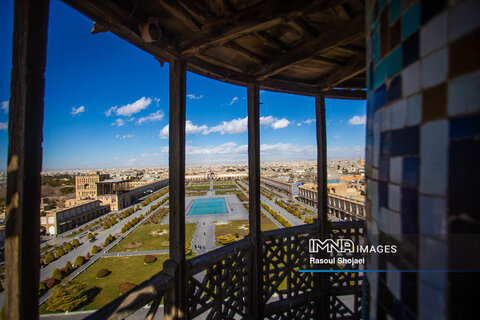
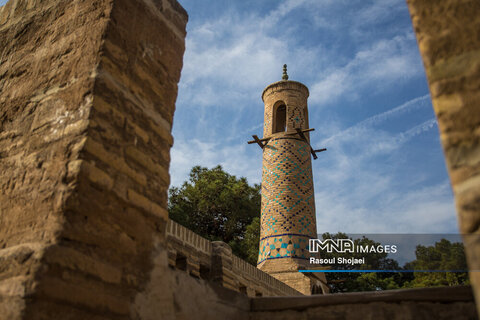
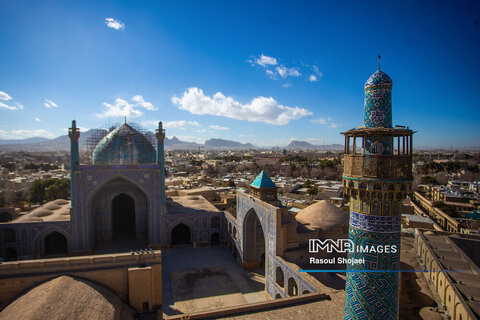
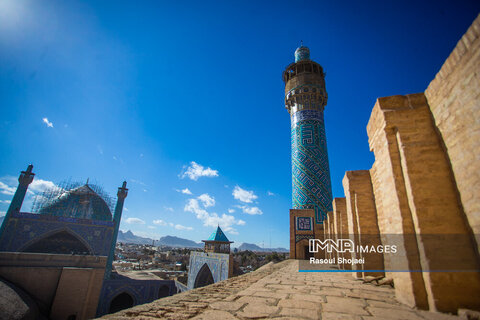
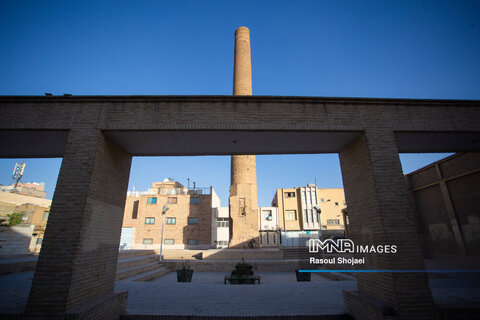

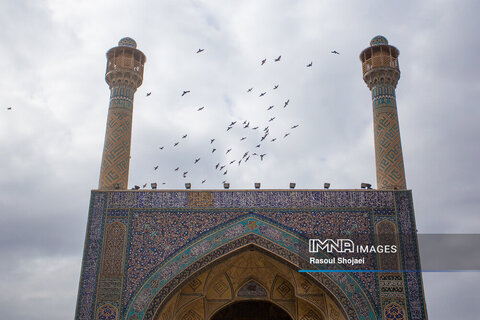
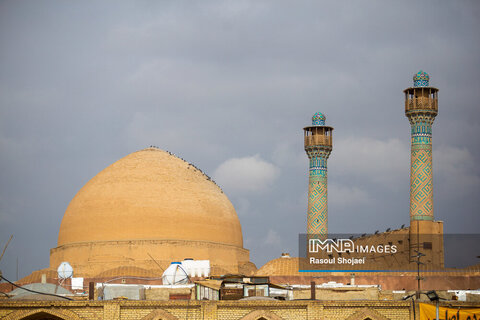
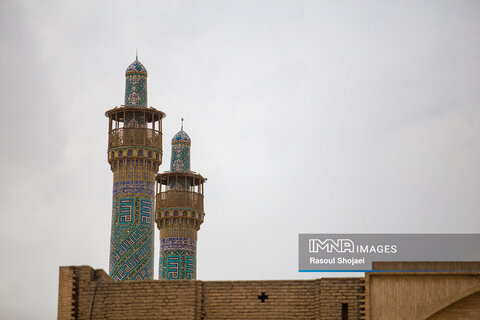
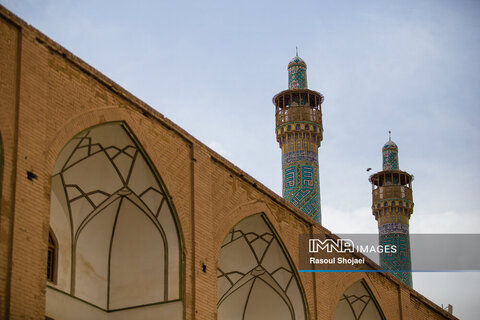
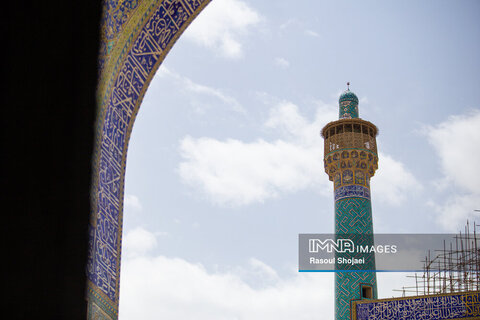

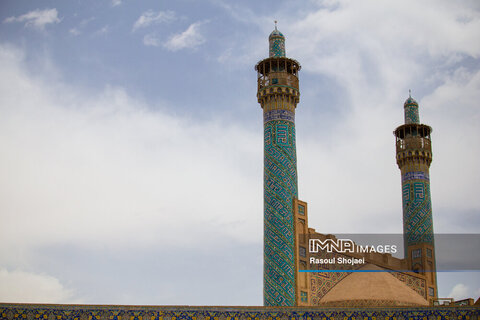
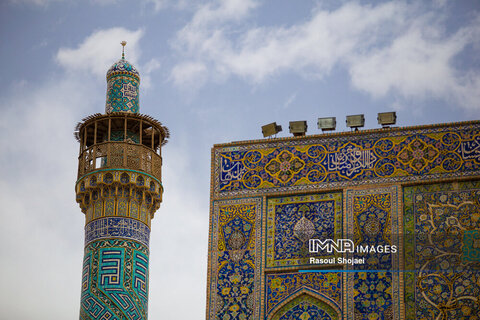
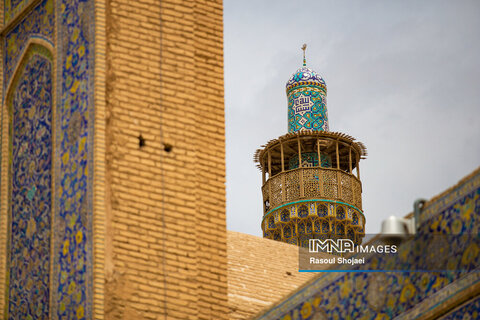

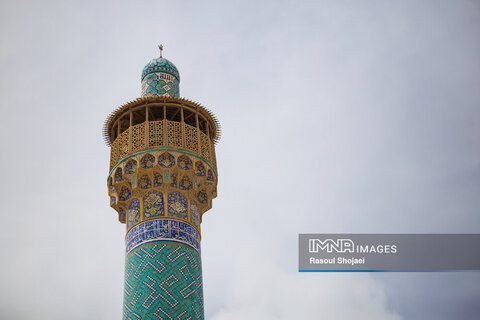
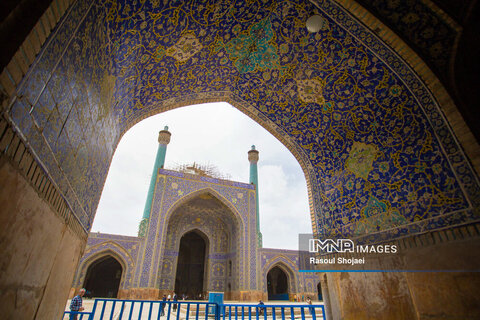
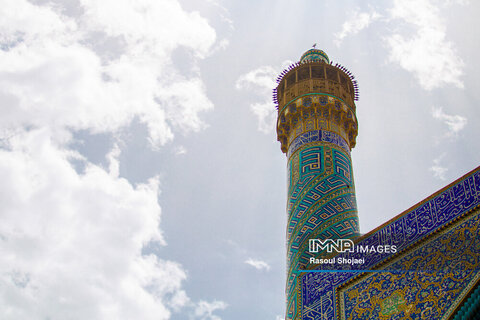
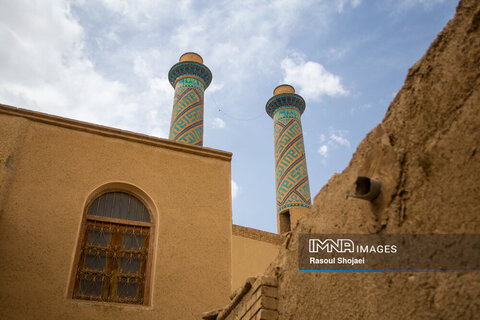
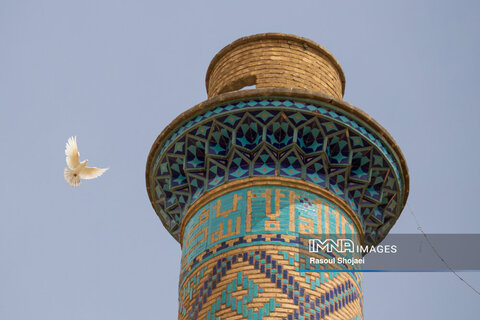
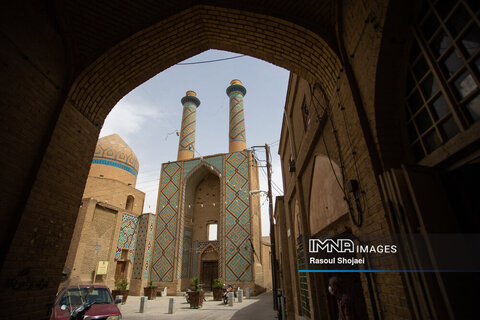
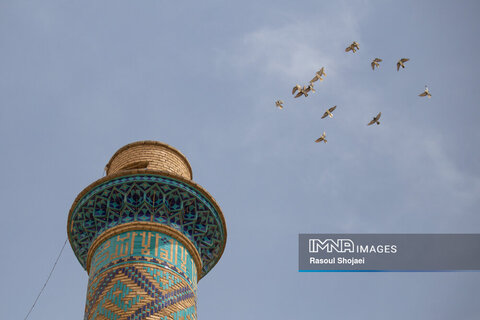
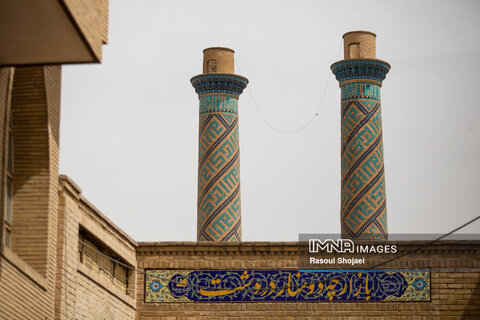
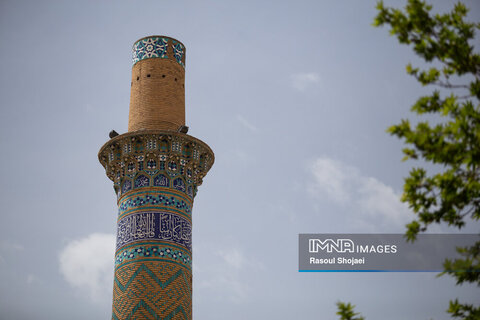
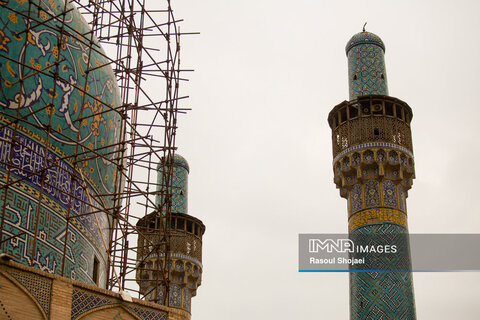
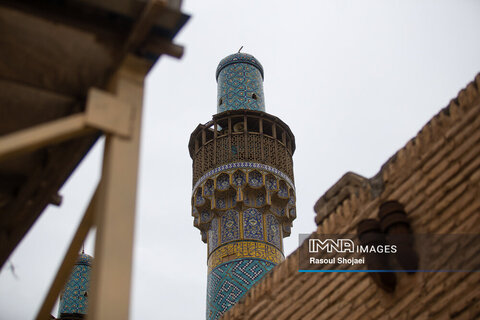
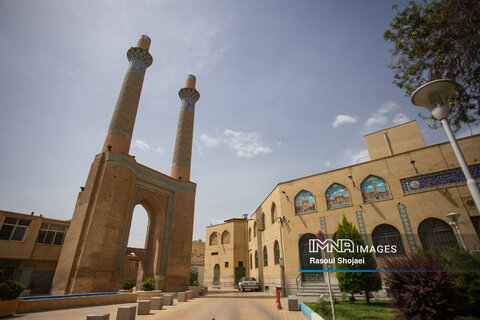
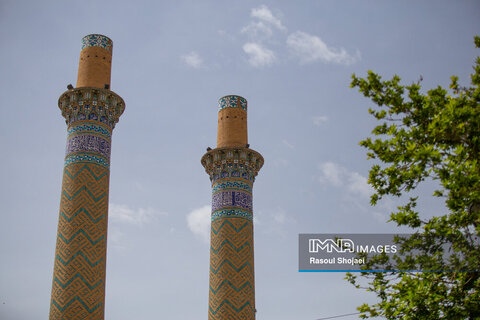
Your Comment